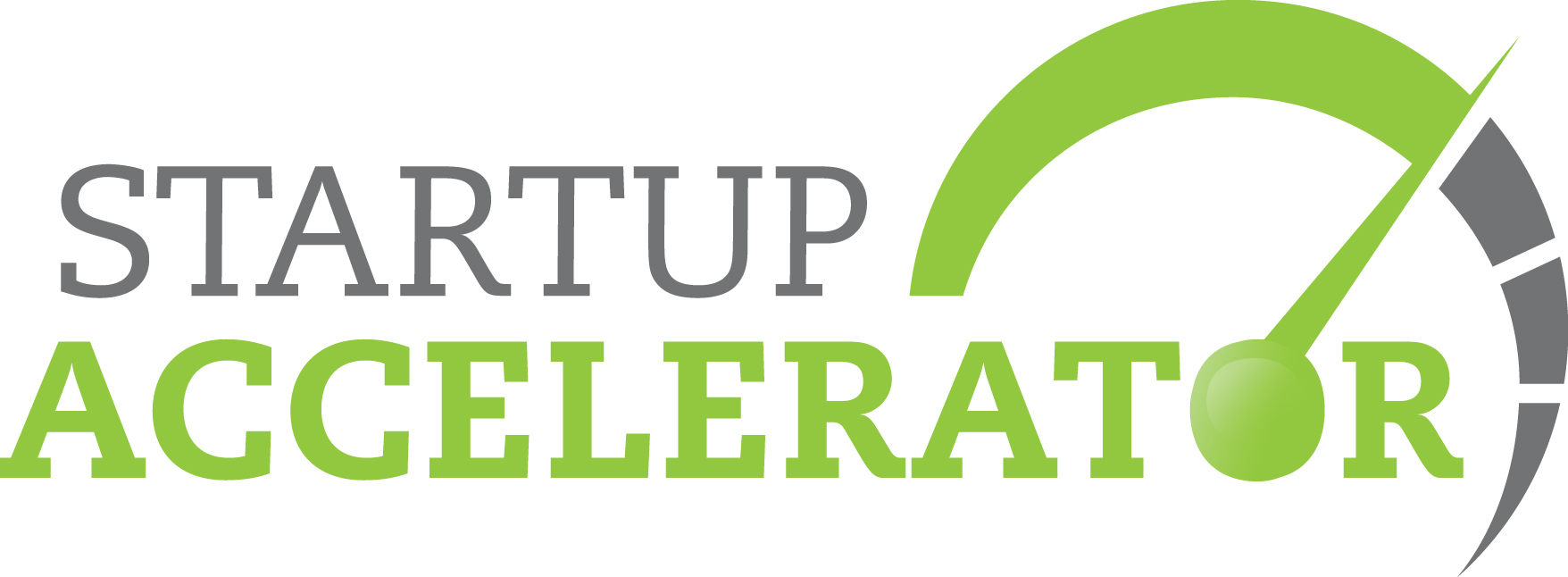One Accelerator Is Enough

Only five years ago, getting into and completing an accelerator program was something special. That was when there were only a handful of Accelerators worldwide and the program, mentorship, and opportunity for follow on funding was huge. Today there are literally thousands of accelerators out there, diluting your experience, unless you go to one of only a handful of programs. Today going through an accelerator does not distinguish your startup. I mentor at a bunch of accelerators and have seen a disturbing trend: A lot of startups are going to multiple accelerators! This is a very bad idea.
Accelerator Hopping
I’ve seen several startups “accelerator hop” or join multiple accelerators. The top reason I have been seeing is that a startup has gone through a regional accelerator in their home country and then wants to use an American accelerator to “enter the US market.” For example, let’s say you are startup CoolCo from Poland and you go through the PNA or Polish National Accelerator. You’ve given up 6% for somewhere between $20k and $75k. After a few months at PNA you “graduate” at Demo Day with some initial traction and a small amount of revenue, but don’t necessarily have much opportunity to raise money in Poland. You know that your core customers are in the United States, so you need to enter the US market. PNA does its best to introduce you to some mentors and connections in the US, but you are pretty much on your own. So you decide to go to another accelerator, in the US, in order to enter the US market.
The problem with this model is two fold. The first is that you get diminishing returns going through a second accelerator. You already spent the time working on the “product market fit” working with mentors and learning the “lean startup.” You should be an expert by now. 🙂 All those mentor meetings, Friday check-ins, demo day pitch practice, will be educational, but a distraction. That is time you could be actually working on your startup, specifically hustling to enter the US market! Ironically joining an American accelerator will slow down your US entry! In addition, the accelerator in the US, while located in the US, is not going to help you break into the US market, just like being an exchange student in Italy won’t make you an Italian citizen. US accelerators do not focus on US market entry, so you are better off hustling and entering the US market on your own.
The second problem comes down to economics. Your second accelerator will take another 6% stake for somewhere between $20k and $75k. So you will have raised approximately $100k for somewhere between 10-12% of your company. Your next step is to try and raise a Seed round and now your have given up too much equity in order to get the seed round.
Another reason I am seeing in the accelerator hopping phenomena is funding. Some startups join one accelerator, can’t raise a seed round after Demo Day, and then join another accelerator, hoping that the second accelerator will introduce them to more investors. They fall in the same equity trap as CoolCo above. The problem is that no accelerator is going to magically change your chances of raising money in three months, only traction and customers will do that. You are better off not wasting the time in another program and spending all of your energy getting customers. Paying customers leads to investment, not multiple accelerators.
The Middle Ground
I understand that once you have graduated an accelerator your startup may not be ready for a seed round. In addition, you miss the focus and push that an accelerator gave you. One possible compromise is to join an incubator program. Incubators usually provide space, business services, and a very light mentorship program without taking any equity. They are typically run by government development funds or other non-profit programs and last between six months and a year. A handful of incubators will also provide access to some non-equity grant money. Incubators are not perfect, but can give you the final push your startup needs before doing a seed round without diluting your equity or wasting your time.
Either way, don’t delay and go out and hustle!


